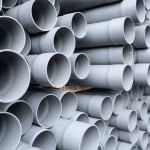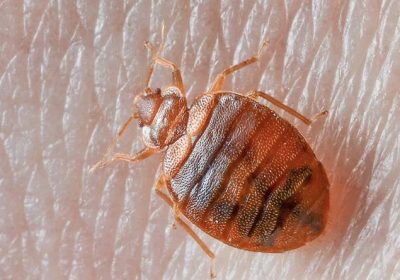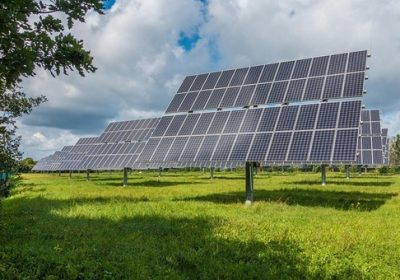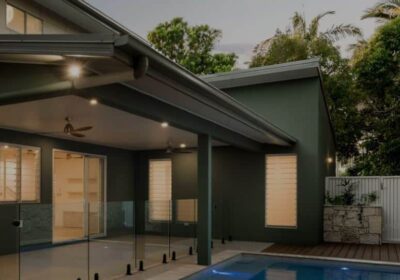Understanding Your Home’s Plumbing System: An Essential Guide for Homeowners
Have you ever wondered what happens when you turn on the tap or flush the toilet? Your home’s plumbing system is a complex and crucial infrastructure that ensures clean water comes in and waste gets out with efficiency and hygiene. Understanding the basics of your plumbing can not only help you troubleshoot potential problems but also save you money on repairs and improve your home’s sustainability. This guide will walk you through the typical components and layout of residential plumbing, demystifying how your household water system operates.
1. Basics of Home Plumbing
Water Supply System
Imagine a hidden river flowing beneath your house, ready to supply your water needs at a moment’s notice. This is your home’s water supply system. It starts at the municipal water main or your well, running a line directly into your home. This system is split into two parts: the cold water system, which serves as the direct line for all cold taps, and the hot water system, which routes water through your heater before delivering it to hot taps.
Drain-Waste-Vent System (DWV)
Now, think about where all the water goes after you’ve used it. This is where the Drain-Waste-Vent system comes into play. Waste lines remove water and waste from your home, preventing toxic gases from entering, with the help of the vent system. These vents poke out usually through your roof, allowing gases to escape and ensuring that waste moves out correctly without creating a vacuum.
2. Major Components of a Home Plumbing System
Pipes and Fittings
Pipes are the arteries of your plumbing system, with different materials suited for different needs. PVC pipes are lightweight, resistant to corrosion, and predominantly used for waste water. Copper, known for its reliability and durability, is often used for hot and cold water lines. PEX pipes, flexible and easy to install, are becoming a popular choice for both hot and cold water.
Fixtures
Fixtures include any device that delivers water from the plumbing system: sinks, toilets, showers, and bathtubs. Each fixture is an essential part of the home’s comfort and functionality, designed to control the flow and temperature of water.
Water Heater
Whether it’s a high-efficiency tankless model or a traditional tank model, water heaters are central to providing hot water to your home. Tankless water heaters save energy by heating water on demand, whereas tank models store heated water for future use.
Sump Pump
Especially in flood-prone areas, a sump pump is your best defense against water damage, pumping out water that accumulates in the sump basin and directing it away from your home’s foundation.
3. Plumbing Appliances
Integration with Your Plumbing System
Appliances such as dishwashers, washing machines, and garbage disposals are integrated into your plumbing system. These devices require both a water supply and waste lines and are essential parts of the modern home’s functionality.
4. Home Plumbing Maintenance and Troubleshooting
Regular Inspection and Maintenance
Regular maintenance can prevent most plumbing emergencies. Check for leaks, monitor water pressure, and inspect appliances and fixtures regularly. Annually flushing your water heater can prevent sediment buildup and extend its lifespan.
Common Problems and Simple Solutions
Dealing with frequent clogs or drips? Clogged drains can often be cleared with a plunger or a plumber’s snake, while fixing a dripping faucet usually requires replacing a washer or tightening a screw. Low water pressure might be a sign of sediment build-up in faucet aerators or showerheads.
5. When to Call a Professional Plumber
There are times when DIY won’t cut it. Major leaks, installing new pipes or fixtures, or any problem that persists despite your best efforts should be handled by a professional plumber. Look for licensed, well-reviewed plumbing professionals who offer guarantees on their work.
Knowing the basics of your home’s plumbing is more than just practical; it empowers you to manage resources wisely, save money, and prevent damage. Regular checks and maintenance can keep your system running smoothly, but knowing when to call in a professional is just as important.
Preventative Plumbing Maintenance Tips:
- Check for Leaks Regularly: Regularly inspect pipes, faucets, and appliances (like dishwashers and washing machines) for any signs of leaks.
- Inspect Toilets for Hidden Leaks: Add a few drops of food coloring to the toilet tank; if the color appears in the bowl without flushing, there’s a leak that needs repair.
- Clean Faucets and Showerheads: Remove and clean aerators and showerheads periodically to prevent clogging and ensure optimal water flow.
- Test Water Pressure: Use a pressure gauge to check your water pressure; too high or too low pressure can indicate underlying plumbing issues.
- Know Your Main Water Shut-Off Valve Location: In case of major leaks, knowing where this valve is can save your home from significant water damage.
DIY Plumbing Fixes for Common Issues:
- Unclog Drains with a Plunger or Plumber’s Snake: These tools can be effective for clearing blockages without the need for harsh chemicals.
- Fix Dripping Faucets: Often, replacing worn washers or gaskets can fix dripping faucets, a common cause of water wastage.
- Silence Noisy Pipes: If your pipes make a banging noise, installing water hammer arrestors can help reduce the noise by cushioning the water flow.
- Prevent Frozen Pipes: In cold climates, insulate pipes in crawl spaces, attics, and along exterior walls to prevent freezing and potential bursting.
- Regularly Service Your Sump Pump: Test and clean your sump pump annually to ensure it’s ready to operate during heavy rainfalls or floods.
PlumbingFAQs
Q: How often should I check my plumbing system? A: Perform a basic home plumbing check at least once a year, but monitor your bills and usage for any signs of leaks or inefficiencies that might suggest more frequent checks.
Q: What should I do once I suspect a leak? A: Check common sources like under sinks, around appliances, and your water heater for any signs of leaking. If you cannot find the source, call a professional before the problem worsens.
Q: Can I install new plumbing fixtures myself? A: Simple replacements like a new showerhead or faucet are doable DIY projects if you follow manufacturer instructions. More complex installations, like sinks or toilets, might require professional help.
Source Citations:
Refined Plumbing Sunshine Coast
More Plumbing Reading:
- Understanding Your Home’s Plumbing System: An Essential Guide for Homeowners
- Top 10 Common Plumbing Problems in Homes and How to Fix Them
- Eco-Friendly Plumbing Solutions: Saving Water and Money
- The Pros and Cons of Different Types of Pipe Materials In Your Home Plumbing
- How to Prevent and Deal with Frozen Pipes During Winter
- DIY Plumbing: What You Can Fix and When You Need a Professional
- Modern Innovations in Plumbing Technology for Homes









